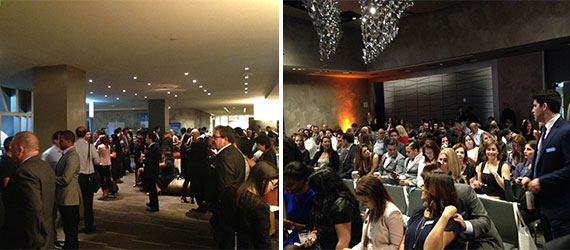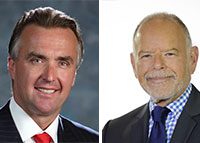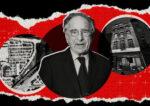Trending
ISG report: Miami market contracting…for now

There’s little doubt that the South Florida residential market is getting tighter, said ISG Principal Craig Studnicky at a presentation on Wednesday, but he believes the region will once again ride a wave of growth in the coming years.
Studnicky, along with his colleague Philip Spiegelman, spoke to a room of roughly 500 real estate professionals at the W Fort Lauderdale on Wednesday morning. The pair presented their newly published ISG Miami Report for fall 2015, which took a broad look at new condo development and sales activity across South Florida.

ISG Principals Craig Studnicky and Philip Spiegelman
“Right now we’re living in a market that has contracted again,” Studnicky said.
The consensus, he said, was that a strengthening U.S. dollar hamstrung real estate sales to foreign buyers — a demographic largely credited with helping the Miami market resurface after spending years in crisis-mode.
“The surge in value of the dollar has caused a softening of new condominium absorption in our area,” the report states.
Data from the report shows that there are 17,007 condo units in the pipeline in submarkets east of I-95 up to Fort Lauderdale. That statistic is pulled from developments in varying stages of completion since 2012 — some have already opened, while others aren’t set to deliver until 2018.
Roughly 12,900 of those units, or 76 percent, have been sold so far, according to the report. Neighborhoods with the largest absorption include Brickell, which has sold 85 percent of its 5,513 units expected to open by 2017. North Miami, Key Biscayne and Coconut Grove are all wrapped into one submarket in the report — the trio share 1,409 units in the pipeline, of which 85 percent have been sold. And the Biscayne corridor, which covers everything from Wynwood to the Omni district, has sold 76 percent of its 4,318 units.
Spiegelman, another principal with ISG, said a slew of global factors will help Miami stay in the spotlight despite the slump in sales.
He said the Miami International Airport, for instance, is the country’s second busiest airport for international passengers behind JFK in New York. A new Knight Frank report shows ultra-high-net-worth individuals, who have a net worth higher than $30 million, chose Miami as their sixth-favorite place to live. And PortMiami is one of two ports on the East Coast that can take advantage of the new shipping from the Panama Canal’s widening, when it opens in 2016.
“What follows a contraction — an expansion,” Studnicky said. “Bad times don’t last forever.”




